 FEATURE
FEATURE
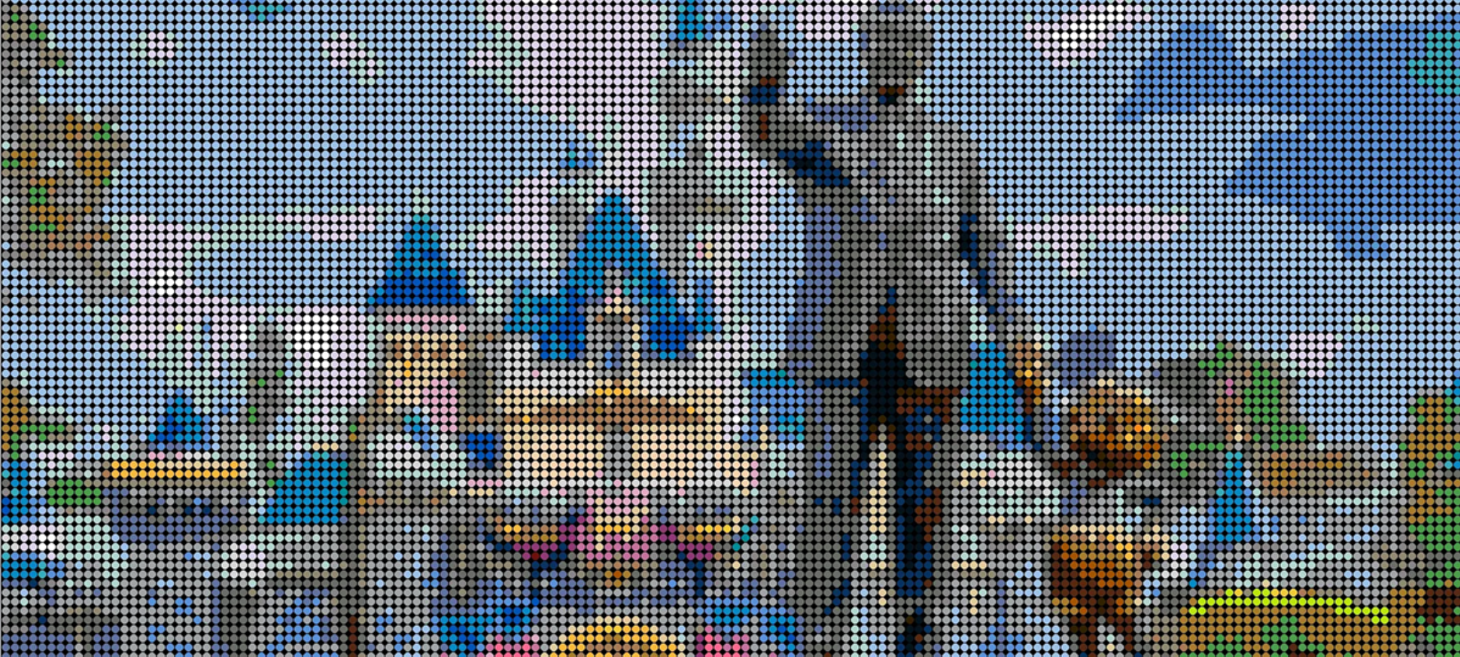
Did Walt Disney Really Kneel to See the Park from a Child’s Perspective?
As Disneyland celebrates its 70th anniversary, I am reminded of a cast member (Disney park employee) telling us that Walt Disney would kneel down in the park to see things from a child’s eye level to make sure that the magic worked for the smallest guests.
Whether or not he actually did this (a little research shows no confirmed evidence), the story persists for a reason. It's not really about knees or sightlines. It's about empathy, observation, and putting people first - all designerly skills that make a difference in every creative field.
Imagine designing something not just for people but with their perspective in mind. That’s what makes experiences stick. Whether you're building theme parks or mobile apps, creating policies or services, the ability to see through someone else’s eyes is a quiet superpower.
Disney Imagineers (creative team behind Disney experiences) still apply this philosophy. Take the Cinderella Fountain at Magic Kingdom, where a crown appears on Cinderella’s head - but only if you're viewing it from a child’s height. That’s not an accident. That’s intentional, thoughtful design.
In my own work, I’ve seen this principle come to life in call centers, retail, and insurance offices - where kneeling might not be literal, but the mindset is the same. Ask the extra question. Observe quietly. See the system from the perspective of the person with the least power in the room.
You don’t have to be a designer to be designerly. You just need to stay curious, be present, and practice empathy that leads to action. Walt Disney may not have crouched to check sightlines, but the fact that so many believe he did speaks volumes. It reminds us that how we design is just as important as what we design.
As Disneyland hits 70, the idea of "thinking like a child" really is timeless for creating wonder, solving real problems, and building with heart.
Here’s to 70 more years of curiosity, care, and creative kneeling!
 PROMPT
PROMPT
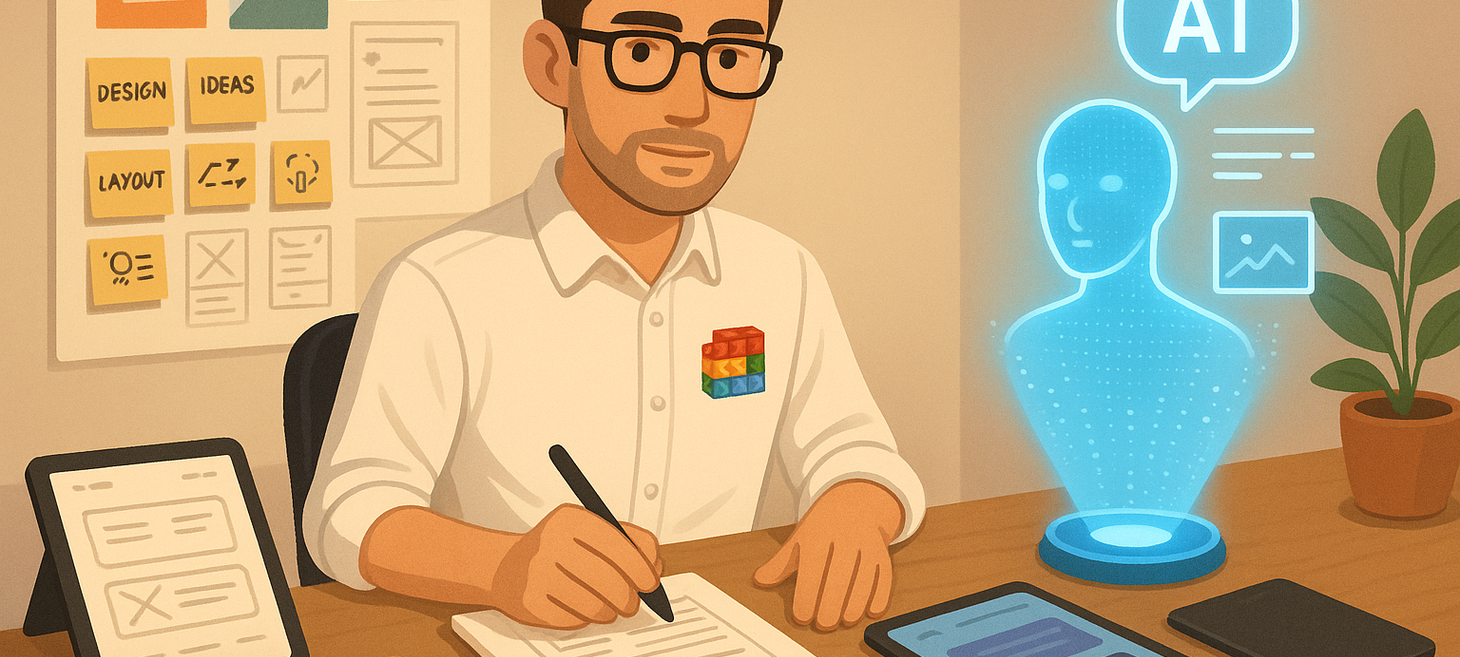
Put People First Prompts
Ask Yourself: What unintended consequences might this create for people who aren’t like me?
Ask Others: Where in this flow do we expect users to adapt to us instead of the other way around?
Ask AI: When prompting:
Who could be harmed by this design, and how might we reduce that risk?
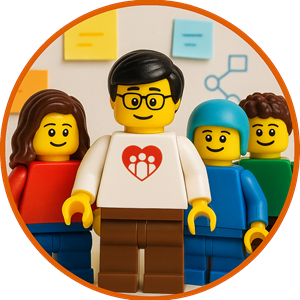 PEOPLE FIRST
PEOPLE FIRST
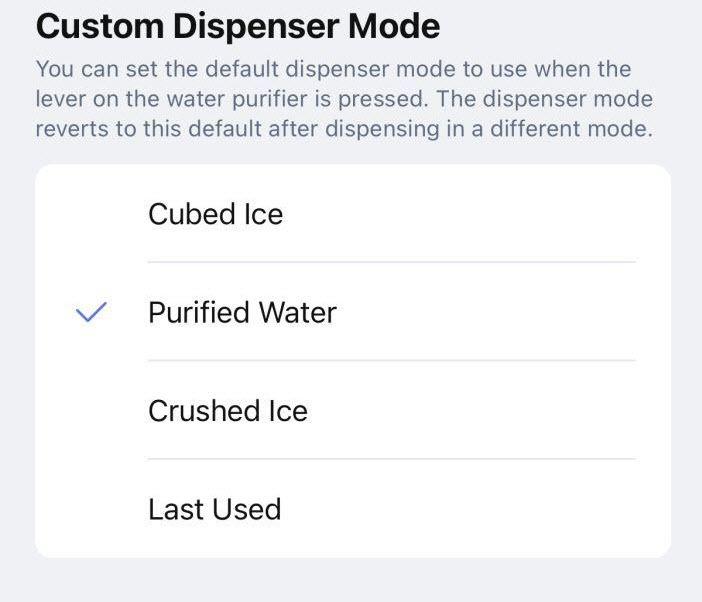
We have bad luck with fridges. About every 5-7 years.
It was time - we got a new fridge this weekend.
Not some fancy model with a touchscreen, voice control, or built in entertainment system. Just a fridge with a water and ice dispenser.
But this time I had to use an app to set it up.
And I found a setting that changed everything.
I could have the dispenser reset to what we use most. Water.
Simple, right?
With two teens in the house, this is a game-changer.
No more surprise ice or hail showers after they use it.
This fridge company got it.
It’s about putting people first. Even for small things.
Instead of sticking to the status quo, they thought about the people using it.
This fridge might not tweet, but that one setting makes us think about one less thing.
Put people first.
Even for small things.
Before technology.
Before the status quo.
Put People First is one Designerly behavior - read on for curated content about other designerly skills.

How Ayesha Curry Turned Customer Feedback Into a Growth Engine
Ayesha Curry regularly polls her customer base at in-person events and through emailed surveys. “It’s as easy as just asking,” Curry tells Inc. “It was shocking to me how willing a lot of consumers are to give that feedback. They want to feel a part of the story and a part of the brand.”
 OBSERVATION
OBSERVATION

4 ways to trick yourself into taking a walk
Walking is a great way to practice observation. If you need motivation, here are four creative ways to take a walk from Rob Walker, author of “The Art of Noticing.”
 TRANSPARENCY
TRANSPARENCY

An AI-generated band got 1m plays on Spotify. Now music insiders say listeners should be warned
The Velvet Sundown released two albums before admitting their music, images and backstory were created by AI. People enjoyed the music, but felt tricked when this came out. Transparency is key in AI.
 VISUAL COMMUNICATION
VISUAL COMMUNICATION
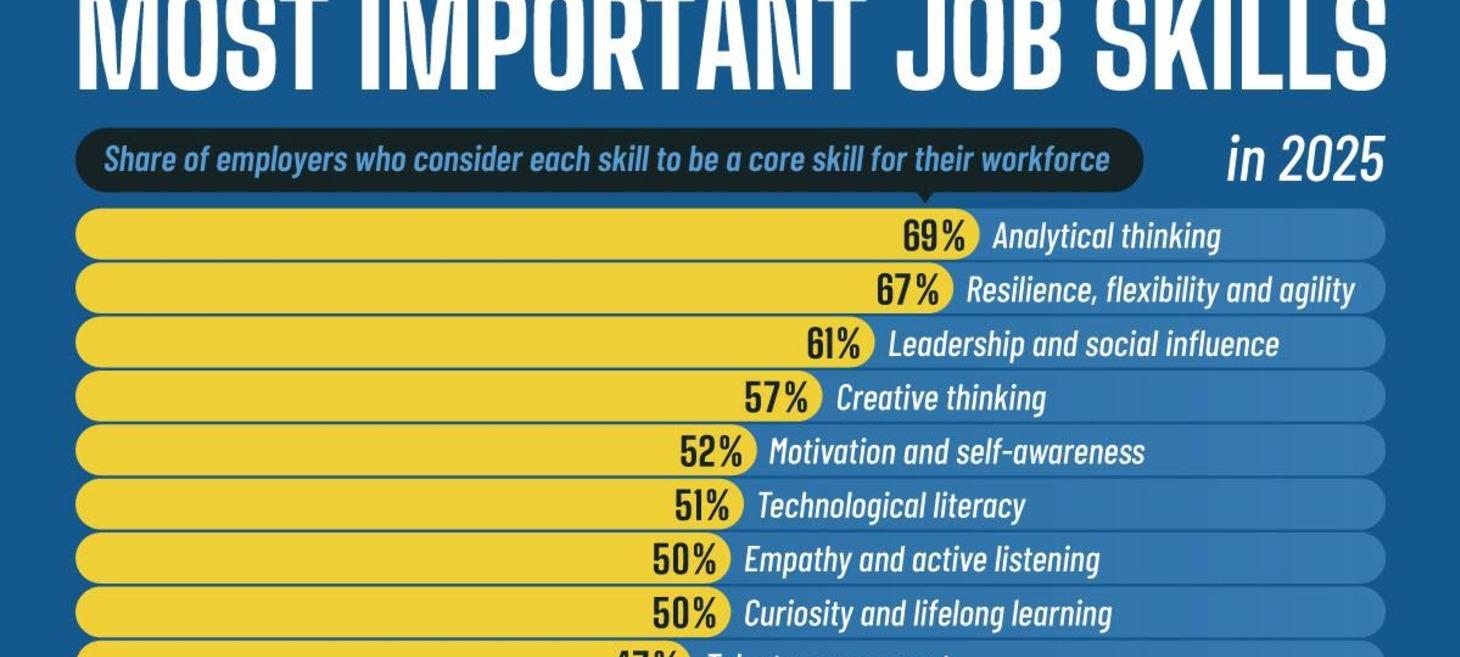
Visualization: The Most Important Job Skills in 2025
As automation, AI, and remote work reshape how we operate, companies are seeking individuals who can adapt and thrive. This visualization highlights the most important job skills in 2025, based on data from the World Economic Forum’s (WEF) Future of Jobs 2025 report. Designerly skills feature prominently!
 CREATIVITY
CREATIVITY

The power of doing nothing
Ideas need time to percolate under the surface, like strong coffee. So, if you're in a creative slump, it doesn't mean you're broken or lazy; it simply means you're human. Doing nothing is an intentional pause. It's stepping away from screens, expectations and the relentless dopamine drip. So your brain can wander, wonder and knit half-formed thoughts into fresh ideas. True rest means stillness, space and disconnection.
 UX
UX
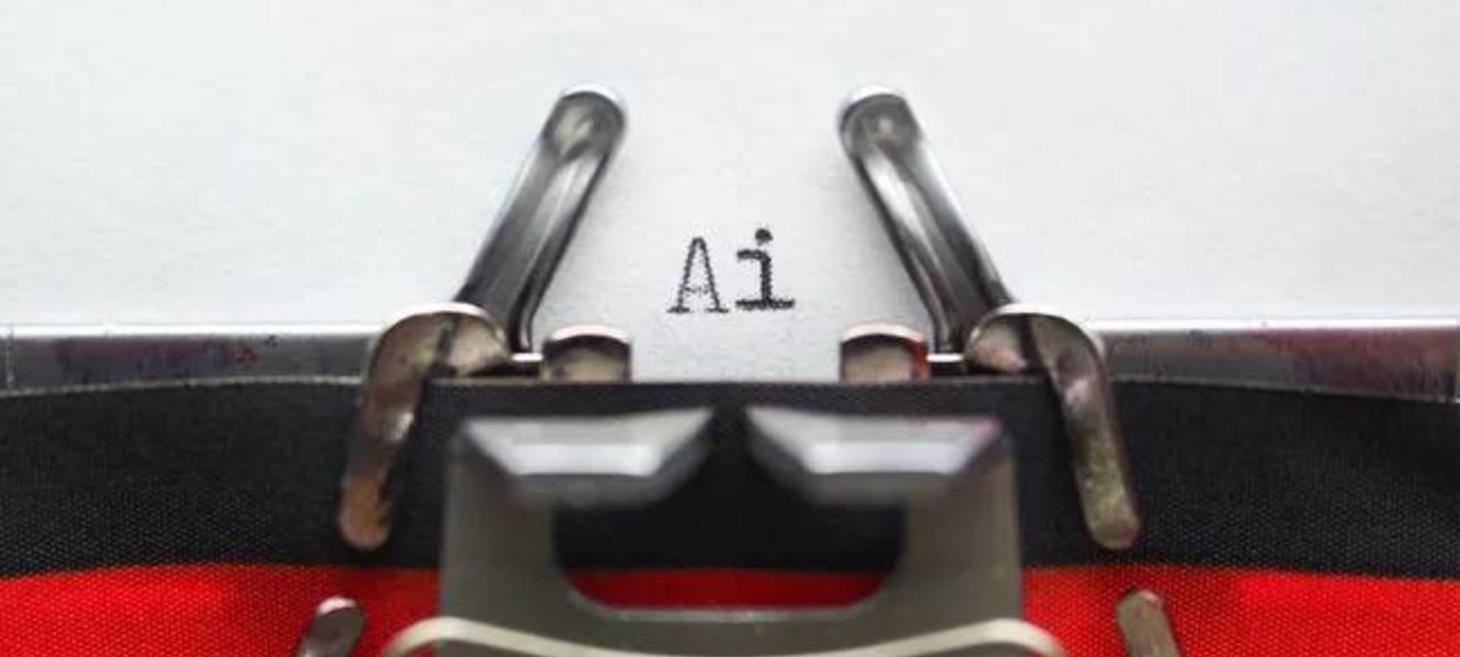
I've been a designer for 20 years – here's the kind of AI we actually want
Real-world designers don’t want Fictional AI, AI that produces fantasy slop. They want Practical AI, tools that help you flow better, faster, and with less friction –without ever stepping out of your zone. But Practical AI tools have to live inside the creative act. Not as an assistant in the corner but as an exo-skeleton expanding and organizing your Great Creative Mess.
